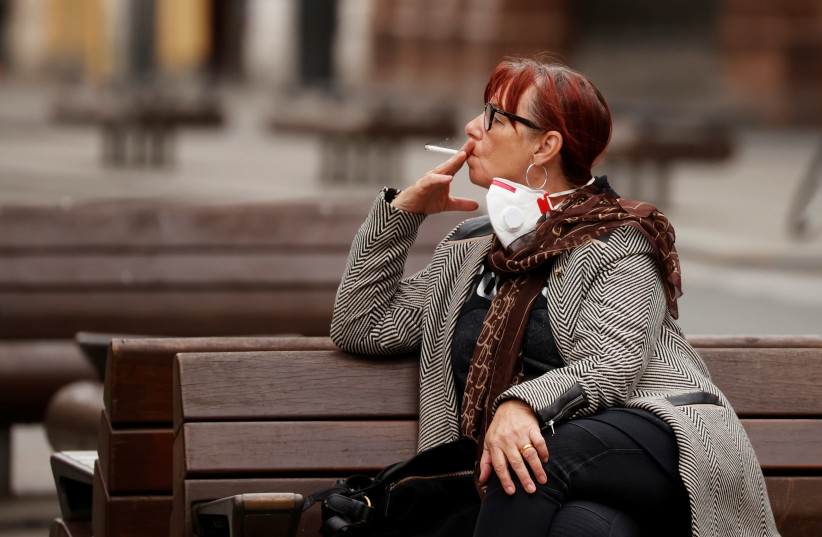A recent peer-reviewed study published online by the Journal of the American Medical Association (JAMA) found that graphic warning labels on cigarette packaging led to smokers hiding their cigarettes more frequently, with no significant change in other smoking behaviors.
According to the World Health Organization (WHO), tobacco kills more than 8 million people every year and approximately 1.2 million of those deaths are from second-hand smoke. Furthermore, while cigarette smoking is the most common form of tobacco use, the risks associated with tobacco are also present with the use of water pipes (hookah), cigars, pipes and cigarillos.
How was the study conducted?
The trial, conducted by a multi-institutional group of public health experts led by the University of California San Diego, included 357 participants aged 21-65 from San Diego County who smoked at least five packs of cigarettes per day.
Participants purchased and received cigarettes through the study's website over a period of three months. For one month beforehand, they all received standard US cigarette packs — the kind they would normally find in a store. Then, for a three-month "intervention" period, they were randomized to receive packs with either graphic warning labels, blank ones or regular US packs.


The graphic warning labels included images licensed from the Australian government of a diseased foot, a newborn with a breathing tube, and throat cancer. These are all currently used on cigarette packs in Australia.
More hiding - but no less smoking
"It has been hypothesized that this [pack-hiding] behavior could reduce perceptions by teens that it is socially acceptable to smoke, perhaps explaining why mandated graphic warning label packs are associated with reductions in teen smoking,” explained the study's first author, Dr. John P. Pierce of the UC San Diego.
While receiving cigarettes from the study, participants answered daily questions about their smoking behavior via text messages. They also completed questionnaires at the beginning of the study and at the 12-month mark (nine months after they stopped receiving cigarettes from the researchers).
The study found that, after receiving packs with graphic warning labels, smokers hid their packs 38% more often. But this did not result in a meaningful change in smoking habits, nor did the pack-hiding continue after they stopped receiving the graphic packs.
“Prior to the study, we found that many smokers in the US were discreet and reported hiding their usual pack in public settings. The packs with graphic warning labels had their main effect on those who were least likely to hide their packs prior to the study.”
Senior author David R. Strong, Ph.D., professor at the Herbert Wertheim School of Public Health
Strong concluded: "We found no evidence that graphic warning-labeled packs changed smoking behavior over the year-long study.”
